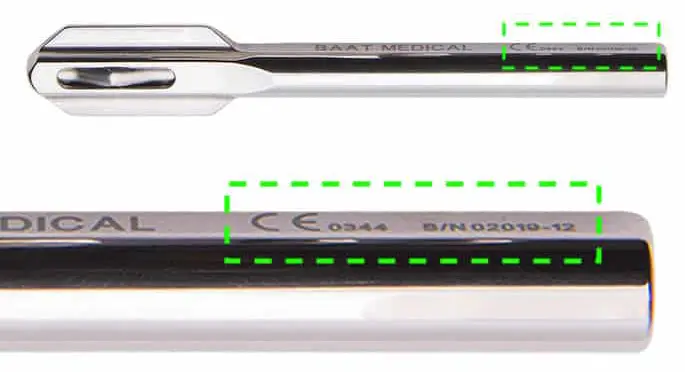Why is CE Marking Required for Medical Devices?
CE marking plays a vital role in the marketing of medical devices within the European Union (EU) and to comply with applicable EU legislation.This article explores the significance of CE marking for medical devices, highlighting the requirements, the involvement of notified bodies, and the process of achieving CE certification and the costs of starting a project of compliance.
Understanding CE Marking for Medical Devices
- CE marking is mandatory for medical devices marketed in the EU, regardless of whether they are new or refurbished, and regardless of the distribution method or pricing.
- Custom-made devices, procedure packs, devices intended for clinical testing or performance studies, do not require CE marking.
The Process of Achieving CE Marking
To obtain CE marking for a medical device, certain steps must be followed:
- Classification: The medical device must be classified according to the rules outlined in c on medical devices or in Annex VIII of the regulations on in vitro diagnostic medical devices (IVDs). The classification determines the level of risk associated with the device.
- Responsibilities: Manufacturers are responsible for the CE marking process for low-risk devices (Class I and Class A), while higher-risk devices require certification by a notified body.
- Notified Bodies: Notified bodies are designated organizations responsible for assessing the conformity of medical devices with EU regulations. Manufacturers can choose a notified body from a list of approved bodies.
- Technical Documentation: Manufacturers must prepare comprehensive technical documentation based on the safety and performance requirements specified in Annex I of the relevant regulations. This documentation should include a clinical evaluation to demonstrate compliance with safety and performance standards.
- Risk Analysis: A thorough risk analysis is an essential part of the technical documentation. It assesses the risks associated with the device’s intended use and ensures that the benefits outweigh those risks. The risk analysis should be regularly updated as necessary.
- Declaration of Conformity: After meeting the safety and performance requirements and completing the technical documentation, the manufacturer must create and retain a declaration of conformity. This document certifies that the device complies with the applicable regulations.
- Affixing the CE Mark: Once the declaration of conformity is in place, the device can be affixed with the CE mark. The mark must be visible, legible, and indelible on the device, packaging, and instructions for use. If a notified body was involved, the CE mark should be accompanied by the notified body’s identification number.
The Importance of Notified Bodies
Notified bodies play a crucial role in the CE marking process:
- Notified bodies are designated by authorities to assess the technical documentation, quality control processes, and product safety of medical devices.
- Manufacturers have the freedom to choose which notified body they want to engage for their certification process.
Conclusion
CE marking is a legal requirement for medical devices marketed within the EU. It ensures compliance with essential health and safety standards, allowing for the free movement of devices within the EU market. Understanding the classification, involvement of notified bodies, and the process of achieving CE certification is essential for manufacturers aiming to bring their medical devices to the EU market successfully.

